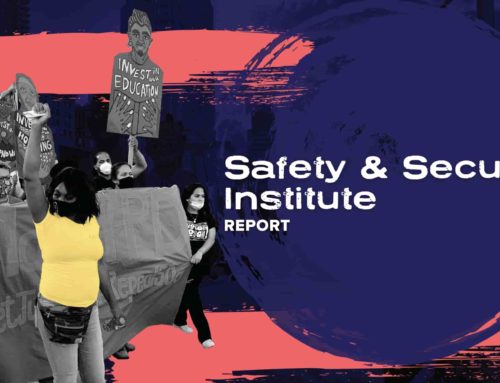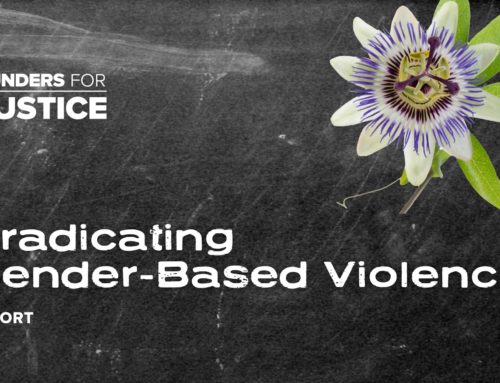Police Unions: What to Know and Why They Don’t Belong in the Labor Movement
No Class is an op-ed column by writer and radical organizer Kim Kelly that connects worker struggles and the current state of the American labor movement with its storied — and sometimes bloodied — past.
Police unions have always been outliers among organized labor, and there are many reasons why the Industrial Workers of the World (IWW) union has long refused to allow cops (and prison guards) into its organization. For one thing, no other union members hold the legal ability to straight-up kill another human being while on the job. If an ironworker bashed someone’s head onto the concrete, or a retail worker shot someone in the back as they were running away, or a graduate student worker ground their knee into someone’s neck until they stopped breathing, there would be consequences. Actually, police unions themselves used to be illegal, because local governments worried about the consequences of allowing armed state agents to organize. And historically speaking, the police have been no friend to workers, whether officers were shooting at the families of coal miners during the Battle of Blair Mountain, crushing the ribs of immigrant garment workers during the Uprising of the 20,000, or teargassing working-class protesters in Minneapolis after police killed George Floyd.
As author Kristian Williams explains in Our Enemies in Blue: Police and Power in America, police unions developed in relative isolation from the rest of the labor movement, and their reliance on institutional solidarity is vastly different from the class consciousness that powers the organizing of other workers. “The police are clearly part of the managerial machinery of capitalism,” Williams writes. “Their status as ‘workers’ is therefore problematic. Second, the agendas of police unions mostly reflect the interests of the institution (the police department) rather than those of the working class.”
Williams argues that the shared workplace identity that makes up the “thin blue line” mentality for cops transcends other identity markers, and shows how they view themselves as police first, and everything else second. As such, police unions tend to keep their distance from the rest of the labor movement (unless they’re cracking its members’ skulls). Even the basic terminology is different. These organizations are usually broken down into “lodges” instead of “locals,” and are more often known as “associations” rather than unions. Some people balk at the thought of referring to police associations as “unions” at all, and it’s understandable why, though for the sake of this piece, we’ll hold our noses and use the more common term. Labor unions exist to protect people; police exist to protect property. They may carry their version of union cards and enjoy the benefits of collective bargaining agreements, but that’s about where the similarities between cops and unionized workers end.
Collective bargaining agreements like the ones that protect many unionized workers aren’t necessarily the problem; police are state employees, and the contracts they work under are not always entirely dissimilar from those that protect public sector workers. The agreements that are different, though, are part of the reason it can be so hard to fire officers who have committed even the most horrific abuses or murder, and they allow police officers privileges that go above and beyond what a normal worker might expect. Contracts that include so-called “Law Enforcement Bill of Rights” language are even worse, giving cops extra protections when they face investigations over use of force; in Baltimore, for example, these protections have been blamed for getting in the way of properly investigating the 2014 death of Freddie Gray.



